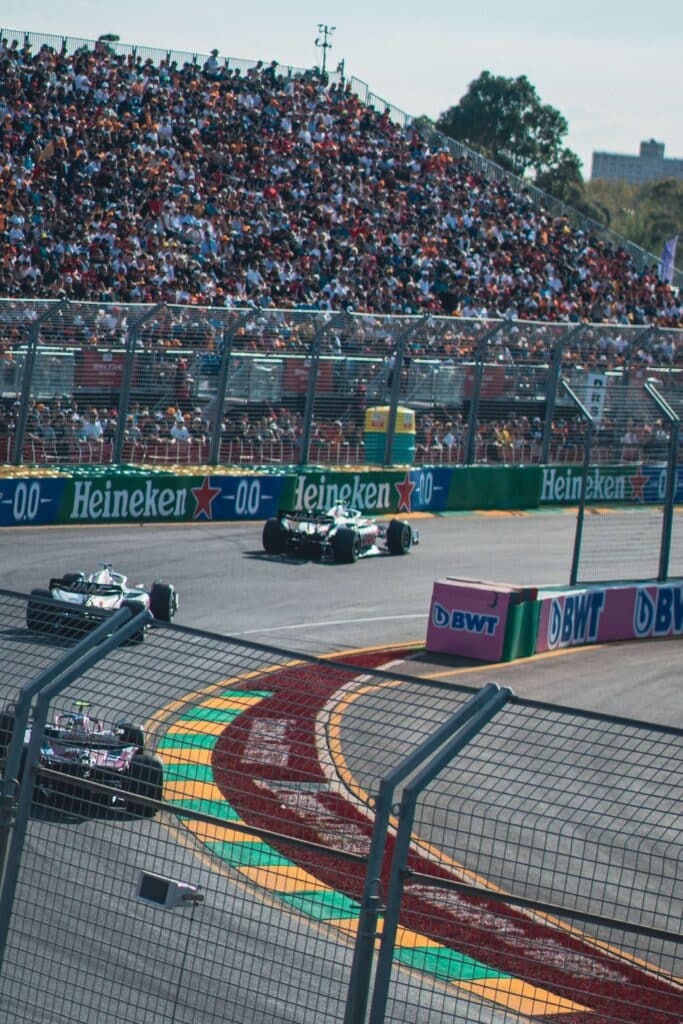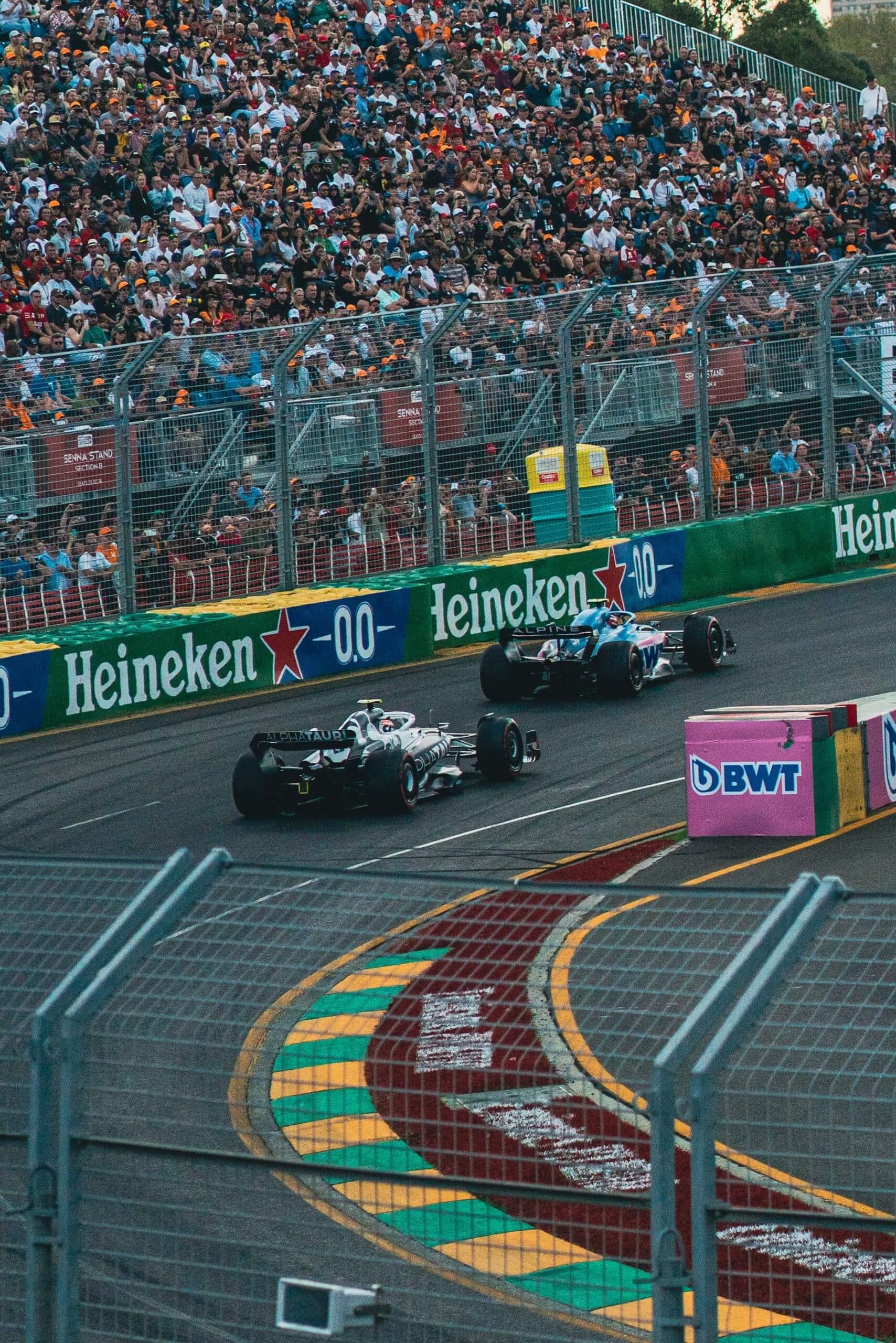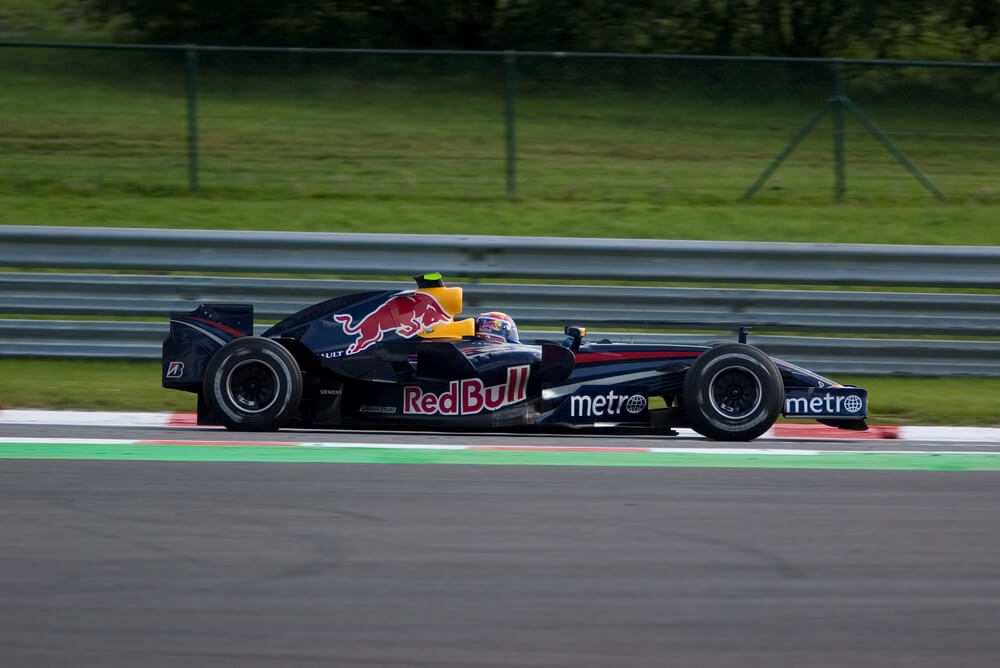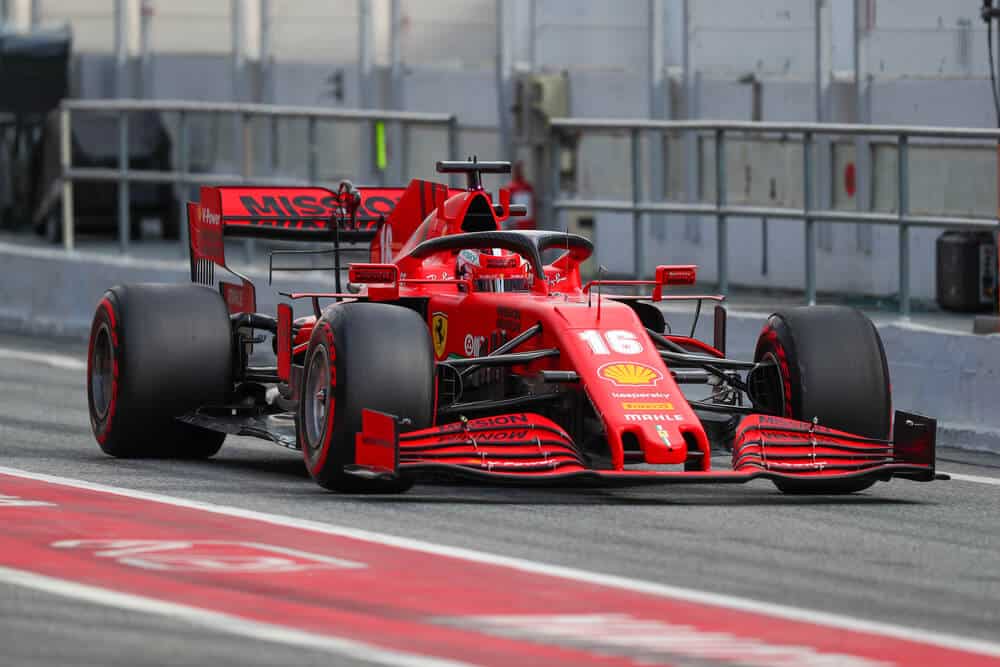F1 is all about technology and technicality, even if it comes to the terms used in an F1 race. This means that a beginner who is not used to the terms used in F1 can easily get lost when they are spoken during races.
One such term is Delta. It is not usually explained by the commentator during the races. This leaves the listeners often wondering about what it means and what importance it has to the race.
In this article, we will be discussing what is delta in F1, the different types of delta, how to calculate it, and much more.
Let’s go!
Table of Contents
What does delta time mean in F1?
The time difference between two laps of a driver or the difference in time between two cars in an F1 race is known as Delta time. This term is used by the teams in an F1 race as it makes communicating the position of the driver in accordance with the fixed lap time easier and quicker.
Key takeaways
- The difference in the lap time of the driver and the reference lap is known as a delta.
- The reference lap could be the driver’s own or of some other drivers’.
- A positive delta means that the driver is driving slower than the reference lap time.
- Negative delta means that the driver is driving faster than the reference lap time.
- Delta time can help teams to plan better strategies for their teams during F1 events.
- During a VSC situation, ignoring the call for following a positive delta can lead to the driver being penalized or disqualified.

Photo showing Formula 1 cars at Albert Park Circuit.
Understanding Delta Time
Mathematicians and scientists use Delta as a symbol to signify change or difference in time. In the same way, F1 teams use delta to measure the time difference between the driver’s ongoing lap time and the pre-calculated lap time. Delta helps the driver and its team to keep a track of the pace of the driver during the race.
The term delta is used during the whole of the F1 race. However, it is mostly used during the qualifying sessions of the race. In the qualifying session, the deltas are measured to the pole position. For example, the green delta signifies the sector’s personal best, purple signifies if the sector is the fastest in the session, and the yellow delta means if the driver is slower than his personal best and the fastest time of his sector.
Why is delta used in an F1 race?
Delta is used for a variety of contexts during an F1 race. They are used to refer to the driver’s lap with his rival’s lap over a period of time. Delta is also used during a VSC (Virtual Safety Car) situation when keeping a delta positive on that designated circuit is mandatory for the river.
Delta time is also used very frequently during practice sessions. A team will refer to their delta time in order to understand the amount of fuel required on the track before the tires start to wear down. By using this, the team will be able to calculate the drop-off of their pace during the race.
Using this data, the team is able to plan better strategies for the race, especially for the Grand Prix events, of when and where the car will be required to change its tires.
How does the delta get measured during an F1 race?
Formula One tracks are divided into three major sectors, and each major sector is divided into mini sectors. Whenever an F1 car crosses a timing loop, the transponder in the car sends a signal which records it for that specific mini sector. By comparing these speeds, the viewers can compare the difference between the lap times of the drivers, and which driver is losing time to whom.
A team will refer to their delta time in order to understand the amount of fuel required on the track before the tires start to wear down.
Frequently asked questions about Delta Time
How is delta calculated in F1?
What is the positive delta in F1?
What is the negative delta in F1?
From where will the driver be able to know his delta time?
What is a VSC in an F1 race?
Different types of Delta times
Delta itself is the measure of time difference. However, it is differentiated on the basis of whether the deviation is positive, negative, or zero.
Positive delta
Positive Delta is when the driver is driving slowly when compared to the predetermined lap time. The predetermined lap time can be either of these two, their fastest lap time or the fastest lap time of that session. Many people are confused regarding the word positive used in the terminology.
The term positive simply refers to the difference between the current lap time and the reference lap time being larger. This means that the lap time set by the driver is longer than the reference lap time.
It may seem that having a positive delta is advantageous to the driver because the term positive generally refers to something better. However, most of the time the case is different. Every circuit of an F1 track has a defined lap time and in case of any virtual safety car situation (VSC), the drivers are instructed to keep their lap time slower than the preset one.
If they fail to follow the instructions, they could have a time penalty be issued to them, or worse get disqualified. This is why it is very important to avoid getting a positive delta in such situations.
Negative delta
If the difference between the fixed lap time and the driver’s current lap time is shorter, it is known as delta negative. It is represented using a minus symbol next to the lap time of the driver. Having a negative delta simply means that the driver is driving at a speed faster than that of the pre-set lap time. This means that the driver is completing his lap in a shorter duration. Although the time difference is usually very short, mostly a few seconds.
Delta zero is when there is no difference between the driver’s lap time and pre-set lap time.
Conclusion
Delta is a very common term used in the commentary during an F1 race. However, it is not explained much, and hence, a beginner can face trouble understanding the term’s meaning. Delta is the difference in the time interval of the driver’s lap and the predetermined, fixed lap. The reference lap could be the driver’s own personal best or of some other driver’s.
Apart from safety, gathering and using data acquired from comparing delta times can help teams prepare better strategies for their drivers during an F1 event.
Learn more about Formula One
Want to learn more about F1? Then visit our Formula 1 glossary and dictionary.




